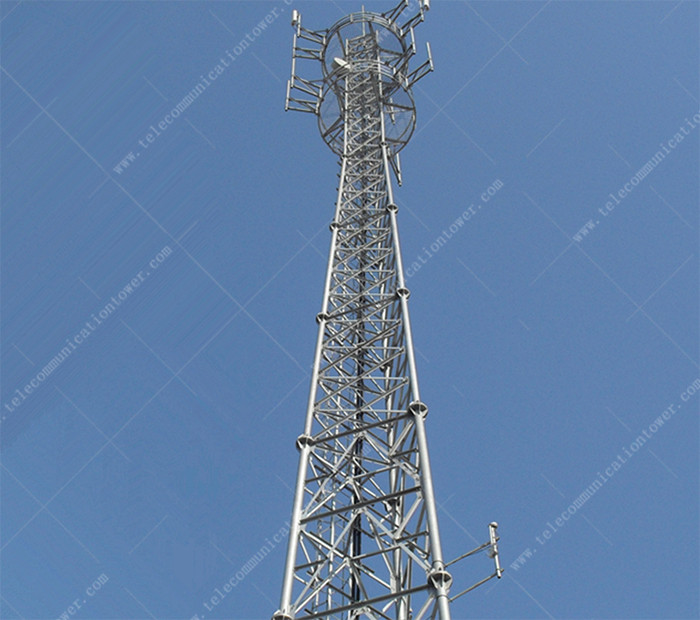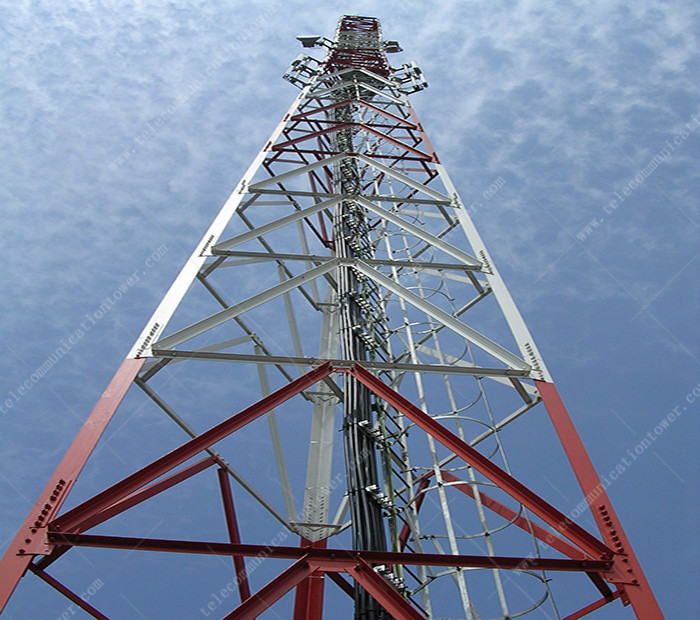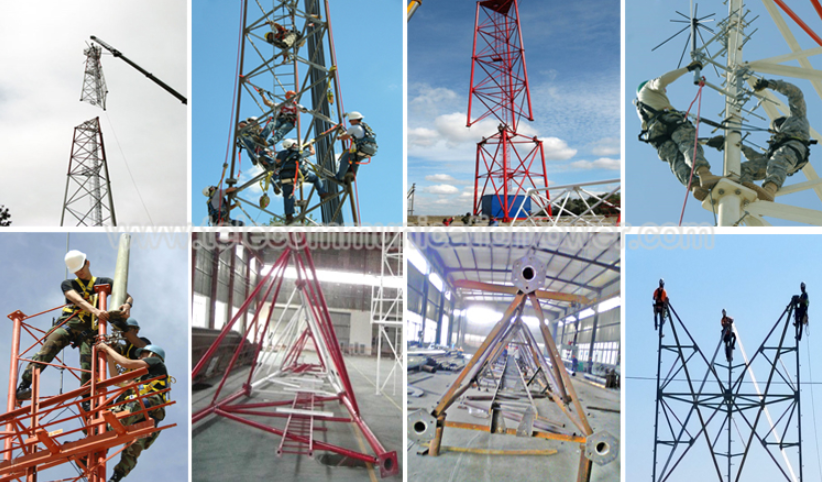The question of whether to use angled or tubular towers is always in the background of every project and the answer is not straightforward, as each type of tower is suitable for certain applications. As is evident from JIAYAO's line of telecom towers, we combine both designs in order to provide cost-effective towers for a variety of applications.
Tubular steel towers are the other main type of transmission towers. They consist of hollow steel poles. Tubular steel poles can be made into one large piece or several smaller pieces assembled together.

An angular steel tower is made of many different steel structural members bolted or welded together. Many different types of lattice steel towers exist. These towers are also called self-supporting transmission towers or freestanding towers because they are able to support themselves. These towers are not always made of steel. They can also be made of aluminum or galvanized steel.

Tubular towers are self-supporting high-rise steel structures made of steel tubes. Tubular steel communication tower includes tower base tower, cross pole, inclined pole, antenna support, lightning rod and tower connection device.
Small wind load factor, strong wind resistance
Small root system, small footprint, save land resources
Truss structure design, convenient transportation and installation, short construction period.
Not easy to collapse, reduce human and animal casualties.
Better weight/strength ratio
More efficient flexural cross section
Smaller elements due to less eccentric connections
All tubes must be open

Angle towers are taller steel structures used for communications applications around the world. They function as antennas to support telecommunications, broadcasting and WIFI Internet. Three-legged angle towers usually come with pre-engineered accessories such as platforms, ladders with cable bridges, antenna brackets, aerial light brackets and fall protection devices.
Three-legged angle steel towers are ground or building based and are usually designed as truss structures to withstand wind and seismic loads. Three-legged angle steel towers have a small footprint and are suitable for construction in a variety of settings.
Members are available in a variety of steel types
Members are available in a variety of sizes
Materials are usually less expensive
Available in 90° cross section, bendable to 60°
Lower manufacturing costs, no welding
More efficient transportation
All surfaces are exposed to the galvanizing process
For most small towers with relatively light loads, angle sections are preferred, mainly because of the wide range of sizes, simple connections and low manufacturing costs. For larger towers and heavier loads, tubular sections become more useful and economical. While costs do vary by telecom tower manufacturer, manufacturing costs do vary much higher, primarily because of the welding process, but the weight to strength ratio is much lower than for angular sections. Please Feel free to contact us.